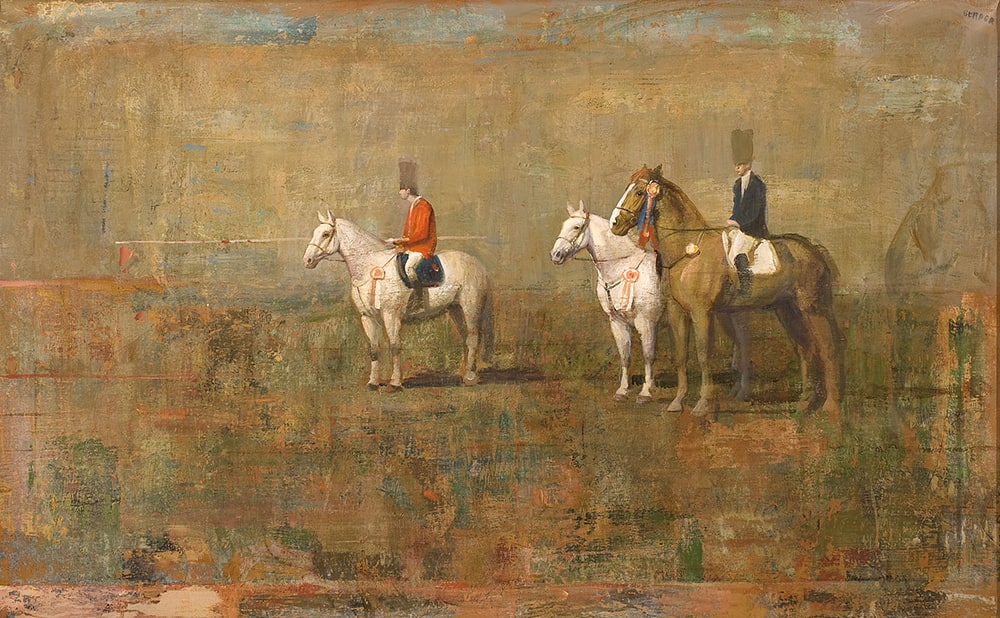Guided Tour
May 16, 2023 / 13:00
Kütahya, the most important ceramic production centre after Iznik during the Ottoman period, is a city that has kept this art alive with its traditional methods until today. In the 18th century, Kütahya tile-making, which gave its most competent examples and then declined with the decrease in production and diversity, was revived in the late 19th century. As an "urban art" in a line between Iznik and Çanakkale tile-making, it became one of the essential parts of the Ottoman art mosaic with its rich product range and continuity.
In the guided tour, social, cultural and communal life in the Ottoman Empire is analysed through the motifs in the works in the Coffee Break exhibition and the Kütahya Tiles and Ceramics Collection. Participants have the opportunity to see artefacts that are not on display in the show.
Turkish coffee is offered to our guests participating in the exhibition tour at Pera Cafe.
The 30-minute guided tour is free of charge, and the language is Turkish. The quota is limited. To join the tour, you can make a reservation via resepsiyon@peramuzesi.org.tr e-mail address.

Mersad Berber (1940-2012), is one of the greatest and the most significant representatives of Bosnian-Herzegovinian and Yugoslav art in the second half of the 20th century. His vast body of expressive and unique works triggered the local art scene’s recognition into Europe as well as the international stage.
Tuesday - Saturday 10:00 - 19:00
Friday 10:00 - 22:00
Sunday 12:00 - 18:00
The museum is closed on Mondays.
On Wednesdays, the students can
visit the museum free of admission.
Full ticket: 300 TL
Discounted: 150 TL
Groups: 200 TL (minimum 10 people)